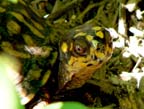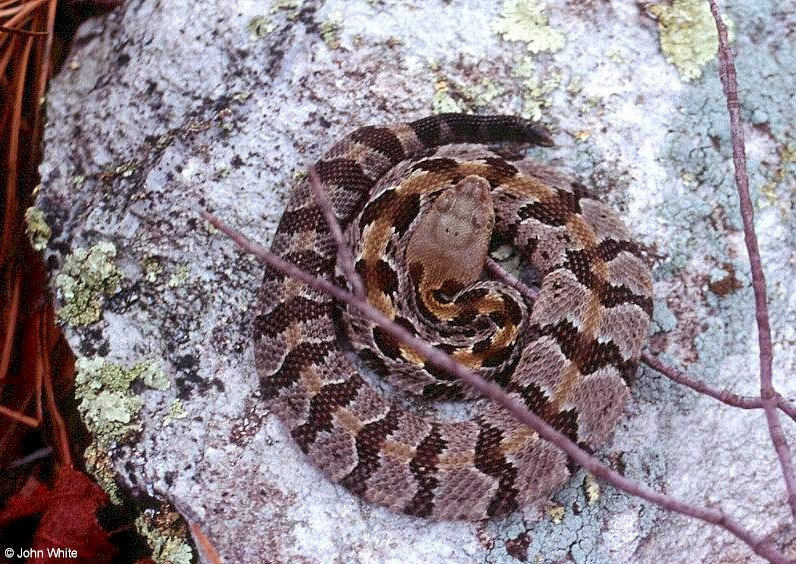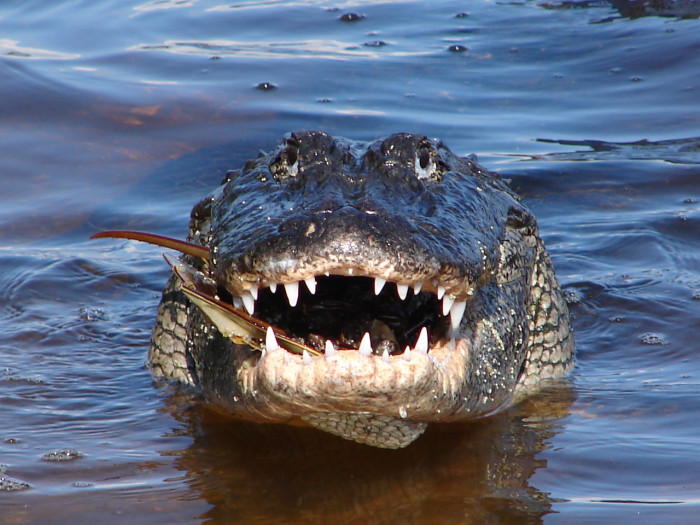 The number of alligator related hunting violations has jumped from 60 five years ago to 98 just this year, says an article in Houma Today. Most of the violations are for hunting out of season and for hunting without a license. The article says that most of the violations are in the Terrebonne-Lafourche region, as well as in the parishes of Assumption, St. James, St. John, St. Mary and St. Martin — areas that did not see many violations five years ago. (Parishes are the Louisiana equivalent of counties.)
The number of alligator related hunting violations has jumped from 60 five years ago to 98 just this year, says an article in Houma Today. Most of the violations are for hunting out of season and for hunting without a license. The article says that most of the violations are in the Terrebonne-Lafourche region, as well as in the parishes of Assumption, St. James, St. John, St. Mary and St. Martin — areas that did not see many violations five years ago. (Parishes are the Louisiana equivalent of counties.)
The article fingers the reality TV show “Swamp People” as the culprit in the rise in scofflaws. The show features alligator hunting, and some of the suspects have admitted to mimicking the behavior of the show’s subjects, while clearly missing some of the, erm, finer details.
If that theory is true, the risk for an increase in alligator hunting violations extends beyond Louisiana to just about everywhere there are alligators in the wild and television sets that get cable channels.
Read the whole article in Houma Today.
Photo: Alligator, courtesy of US Fish and Wildlife Service

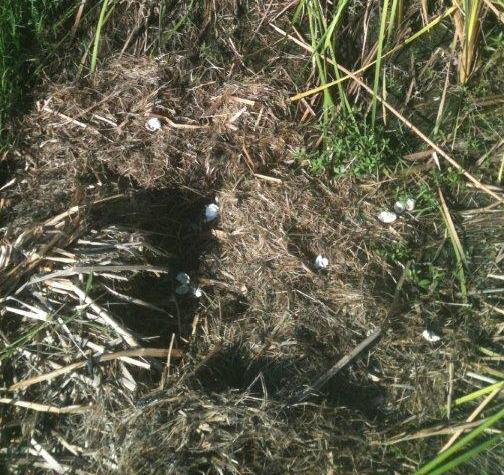 Back in the ’70s, ’80s ad ’90s studies showed that feral swine were not major predators of alligator nests, says a paper in the current issue of
Back in the ’70s, ’80s ad ’90s studies showed that feral swine were not major predators of alligator nests, says a paper in the current issue of 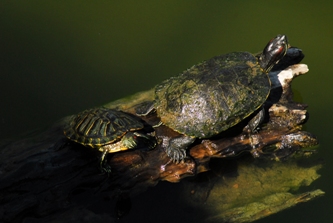 The Phoenix Zoo has been trying to get rid of the non-native turtles in the pond in the park near its entrance since 1999. The number of turtle species not native to Arizona found in the pond had declined over the last 13 years, but this year there was an increase. 142 non-native turtles were trapped, including 139 pond sliders, one spiny softshell, one painted turtle, and one eastern redbelly turtle.
The Phoenix Zoo has been trying to get rid of the non-native turtles in the pond in the park near its entrance since 1999. The number of turtle species not native to Arizona found in the pond had declined over the last 13 years, but this year there was an increase. 142 non-native turtles were trapped, including 139 pond sliders, one spiny softshell, one painted turtle, and one eastern redbelly turtle.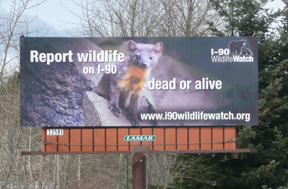 Spring is here and a bunch of wildlife surveys are underway around the country.
Spring is here and a bunch of wildlife surveys are underway around the country.